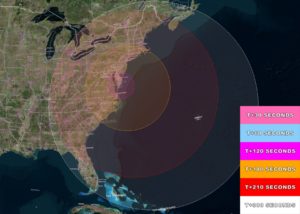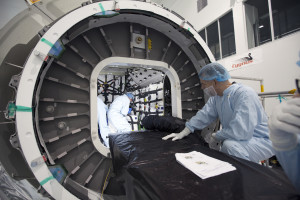

Additional information on public viewing locations in the Wallops-Chincoteague area is available here.
Launch of Orbital ATK’s Antares rocket and Cygnus cargo spacecraft is proceeding as scheduled for a 7:40 p.m. EDT liftoff this evening, Oct. 17, 2016, from the Mid-Atlantic Regional Spaceport Pad 0A at NASA’s Wallops Flight Facility on Virginia’s Eastern Shore.
For viewers elsewhere in the Mid-Atlantic, NASA’s Wallops Flight Facility could use your help! Our talented mission planners and engineers help us develop launch visibility maps, to give you all an idea of where to look to see launches from Wallops.
Let us know where you watch the Antares launch, when it comes into view, and how high you see it in the sky. Share details and your own photos with NASA Wallops on social media (Facebook and Twitter). Your timed observations with approximate latitude-longitude (or city and state) help us refine our maps!














